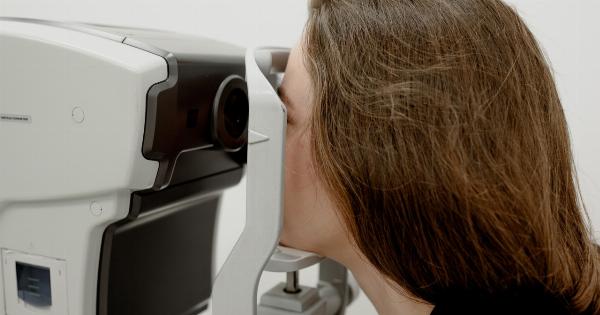Gynecological cancer refers to any cancer that starts in a woman’s reproductive organs. These organs include the ovaries, cervix, uterus, vulva, and vagina. Of all the gynecological cancers, cervical cancer is the most common.
Pap smear is one of the most effective tests for detecting cervical cancer early. However, pap smears aren’t the only solution for gynecological cancer. In this article, we’ll explore some of the other tests and methods that are used to detect and treat gynecological cancer.
Ovarian Cancer Screening Tests
The ovaries are a pair of small organs that produce and store eggs. Ovarian cancer can develop in either one or both ovaries. Unfortunately, ovarian cancer doesn’t have any early symptoms, which makes it difficult to detect in its early stages.
Here are some of the tests that doctors use to screen for ovarian cancer:.
1. Transvaginal ultrasound
During a transvaginal ultrasound, a probe is inserted into the vagina to get a clear picture of the ovaries. If the doctor detects any abnormal growths or cysts, you’ll undergo further testing.
2. Blood test for CA-125 protein
CA-125 is a protein that’s found in the blood. When there’s too much of this protein in the blood, it can be a sign of ovarian cancer. However, there are other conditions that can also cause increased levels of CA-125.
Therefore, this test is only used as a preliminary screening test. If the test comes back positive, additional follow-up testing will be needed.
Cervical Cancer Screening Tests
Cervical cancer develops in the cells of the cervix, which is the lower part of the uterus that connects to the vagina. Pap smear is the most effective test for detecting cervical cancer early.
However, there are other tests that are used to diagnose cervical cancer:.
1. HPV DNA test
The human papillomavirus (HPV) is a sexually transmitted infection that causes most cases of cervical cancer. An HPV DNA test checks for the presence of this virus in your cervix. This test is usually done as part of your pap smear test.
If the test comes back positive, further testing will be done to determine the extent of the infection.
2. Colposcopy
A colposcopy is a procedure that involves using a microscope to examine your cervix. During the procedure, your doctor will use a special solution to highlight any abnormal cells in your cervix.
Uterine Cancer Screening Tests
The uterus is a pear-shaped organ that’s located in a woman’s pelvis. Uterine cancer can develop in the lining of the uterus. Here are some of the tests that doctors use to screen for uterine cancer:.
1. Endometrial biopsy
An endometrial biopsy is a procedure that involves removing a small sample of the inner lining of the uterus. The sample is then examined under a microscope to look for any abnormal cells.
This procedure is usually done in the doctor’s office and takes about 15 minutes to complete.
2. Transvaginal ultrasound
A transvaginal ultrasound is a procedure that uses sound waves to create images of the uterus and surrounding structures. During the procedure, a probe is inserted into the vagina to get a clear picture of the uterus.
If any abnormal growths or masses are detected, further testing will be needed.
Vulvar and Vaginal Cancer Screening Tests
Vulvar and vaginal cancers are rare types of gynecological cancer. However, when they do occur, they tend to be aggressive. Here are some of the tests that doctors use to screen for vulvar and vaginal cancers:.
1. Visual examination
A visual examination involves looking at your vulva and vagina to look for any abnormal growths or masses. During the examination, your doctor may use a special solution to help highlight any abnormal areas.
2. Biopsy
A biopsy is a procedure that involves removing a small sample of tissue from your vulva or vagina. The sample is then examined under a microscope to determine if any abnormal cells are present.
As you can see, pap smears aren’t the only solution for gynecological cancer. There are other tests and methods that doctors use to screen for and treat gynecological cancer.
If you’re due for your annual gynecological exam, be sure to ask your doctor about these additional screening tests and methods.





























